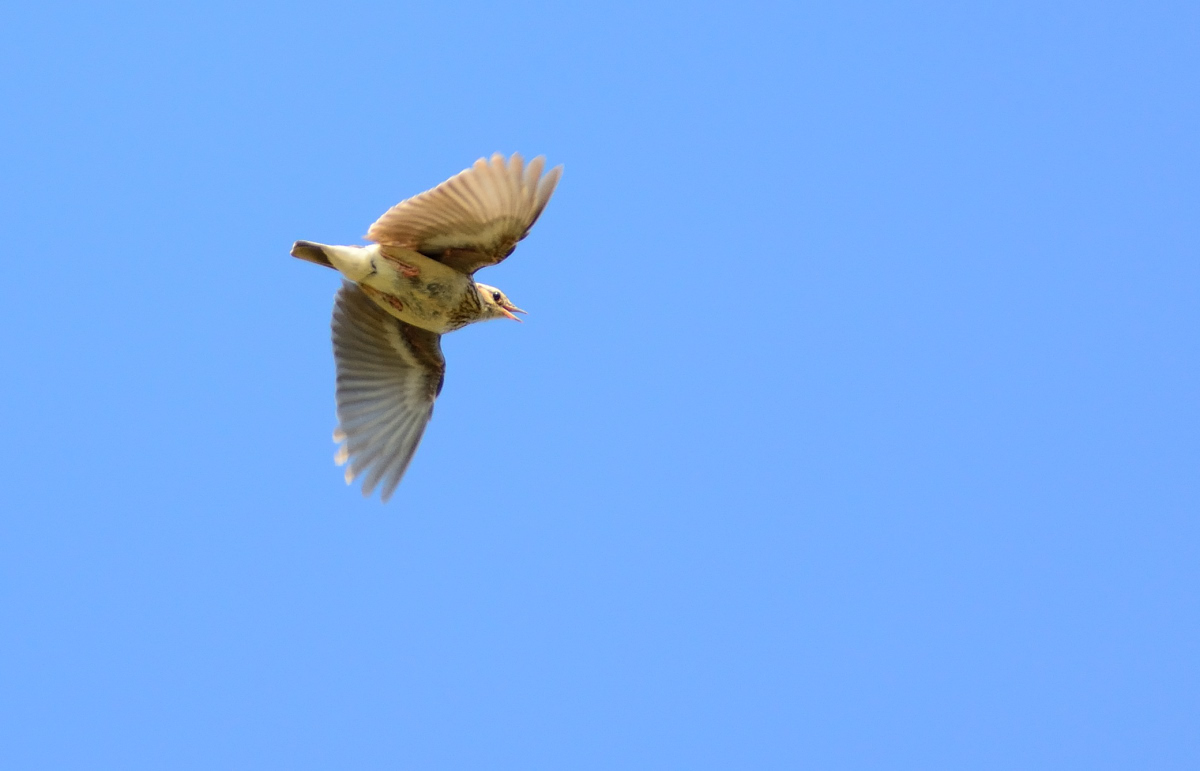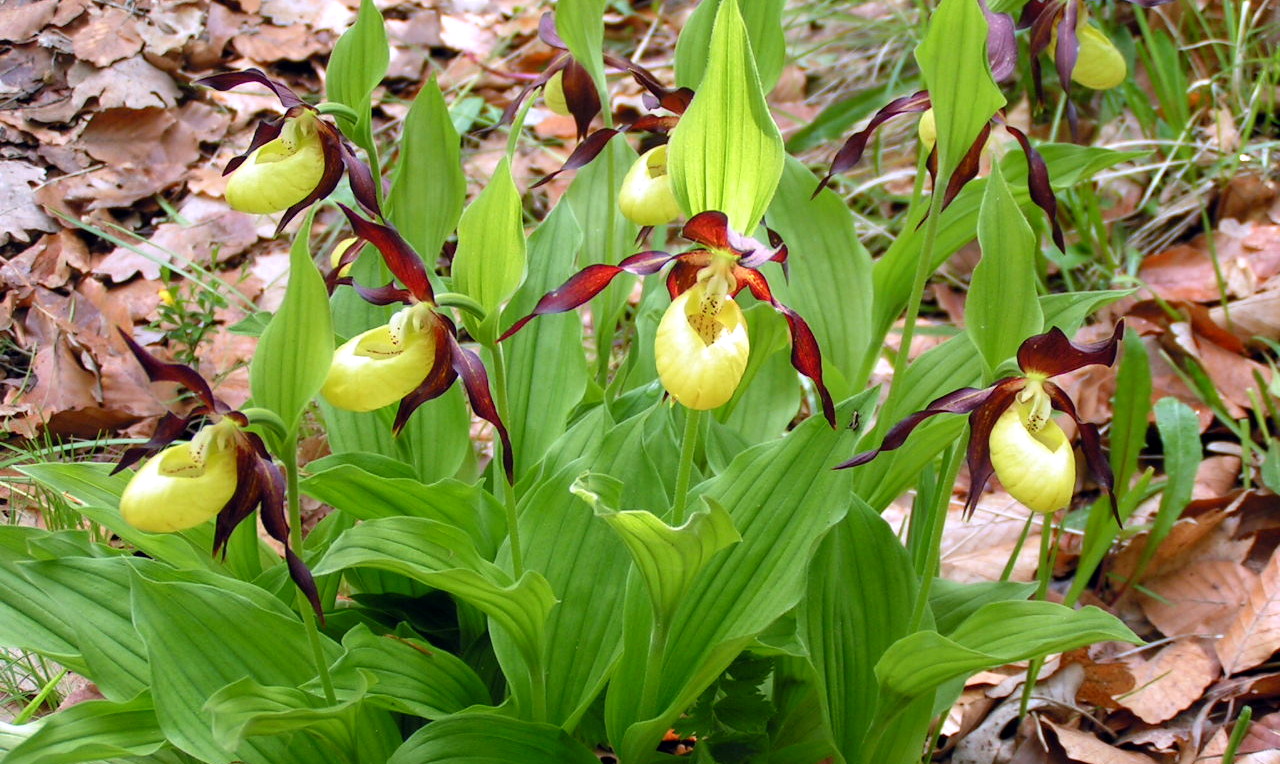
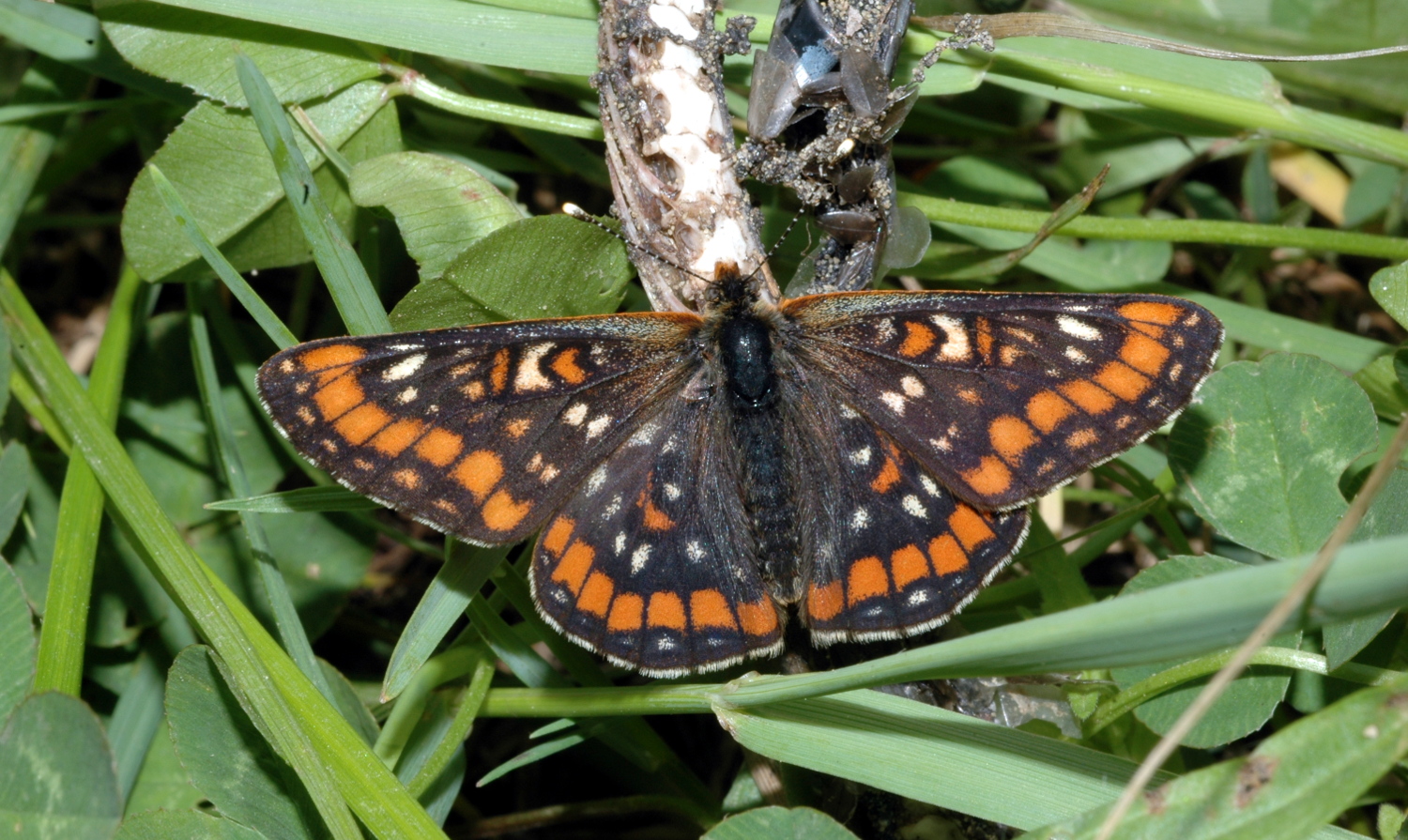
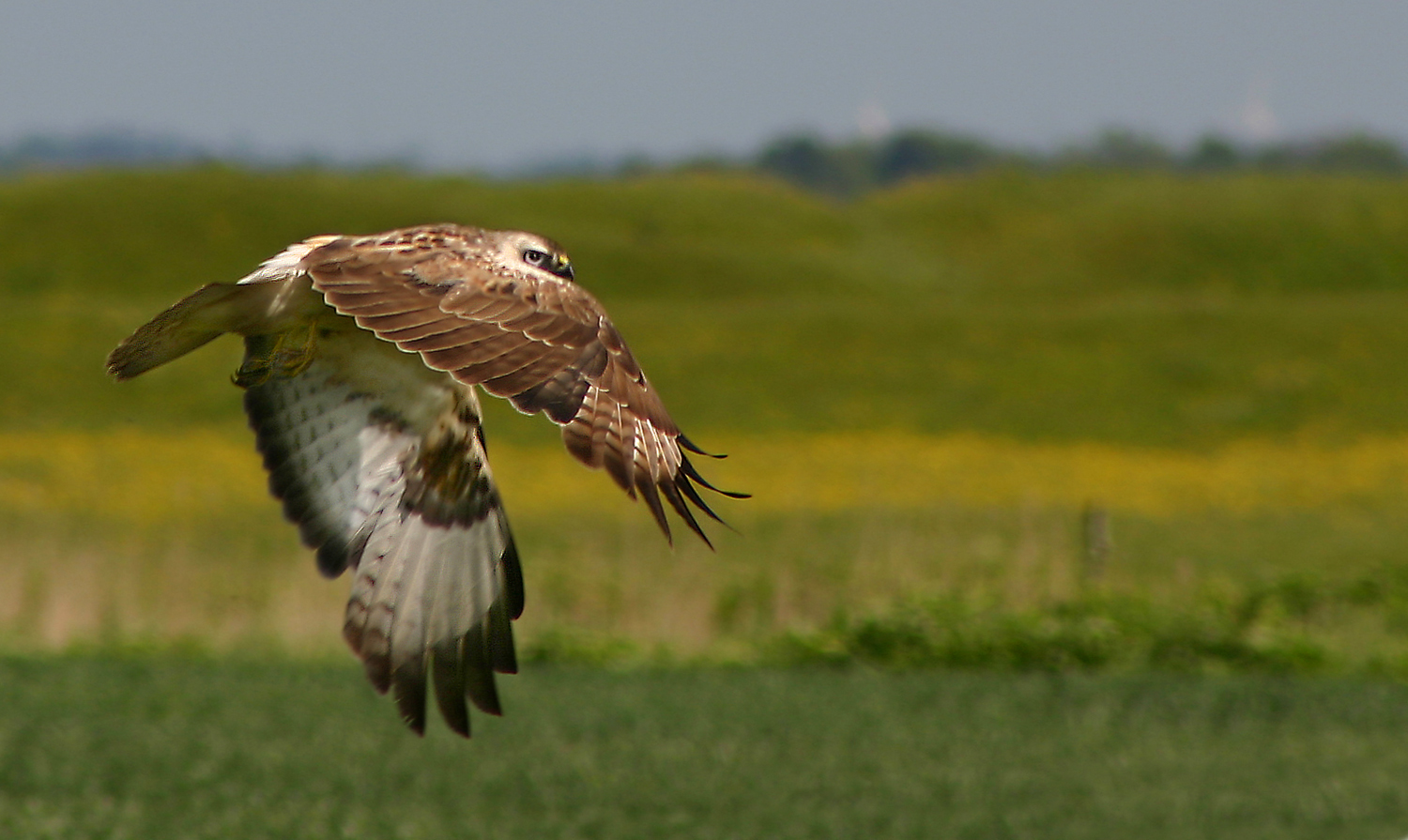
14 – Beyond the forest
Where the balance of nature has not been upset by man yet, a gentle transition can be observed between forested and open (treeless) areas. A staggered, bushy forest edge not only borders and protects forest from external environmental impacts like noise, wind, dust, but helps maintain the typical forest microclimate. Forest edge makes the landscape more harmonious. Beside the aesthetic value it also has an incredibly rich wildlife. It gives shelter for creatures sensitive to disturbance that have been crowded out from their original habitat by intensive agriculture or silviculture. A crowd of protected plants (e.g. lady’s-slipper orchid) and animals (e.g. scarce fritillary) are linked to these special habitats. There are species that equally use the ‘services’ of forests and open areas. Common buzzard is such a good example: its nest is located deep in the forest, but the bird goes out to surrounding fields for food.



Thickets of forest edges provide plentiful feeding sites for butterflies, too. Numerous butterflies can be seen for example on the flowers of black elder or blackberry, as they are sucking nectar with their elongated proboscis.

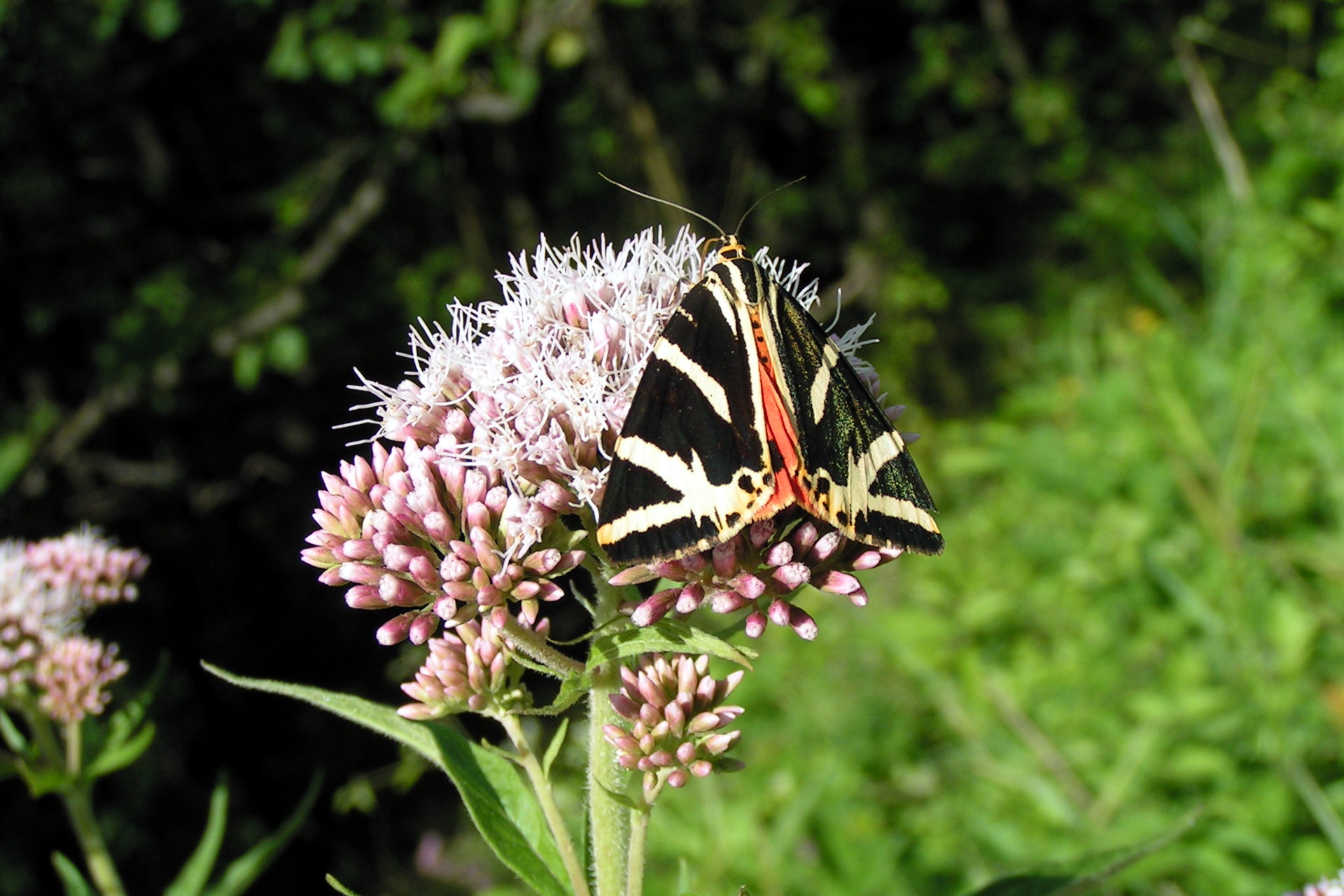
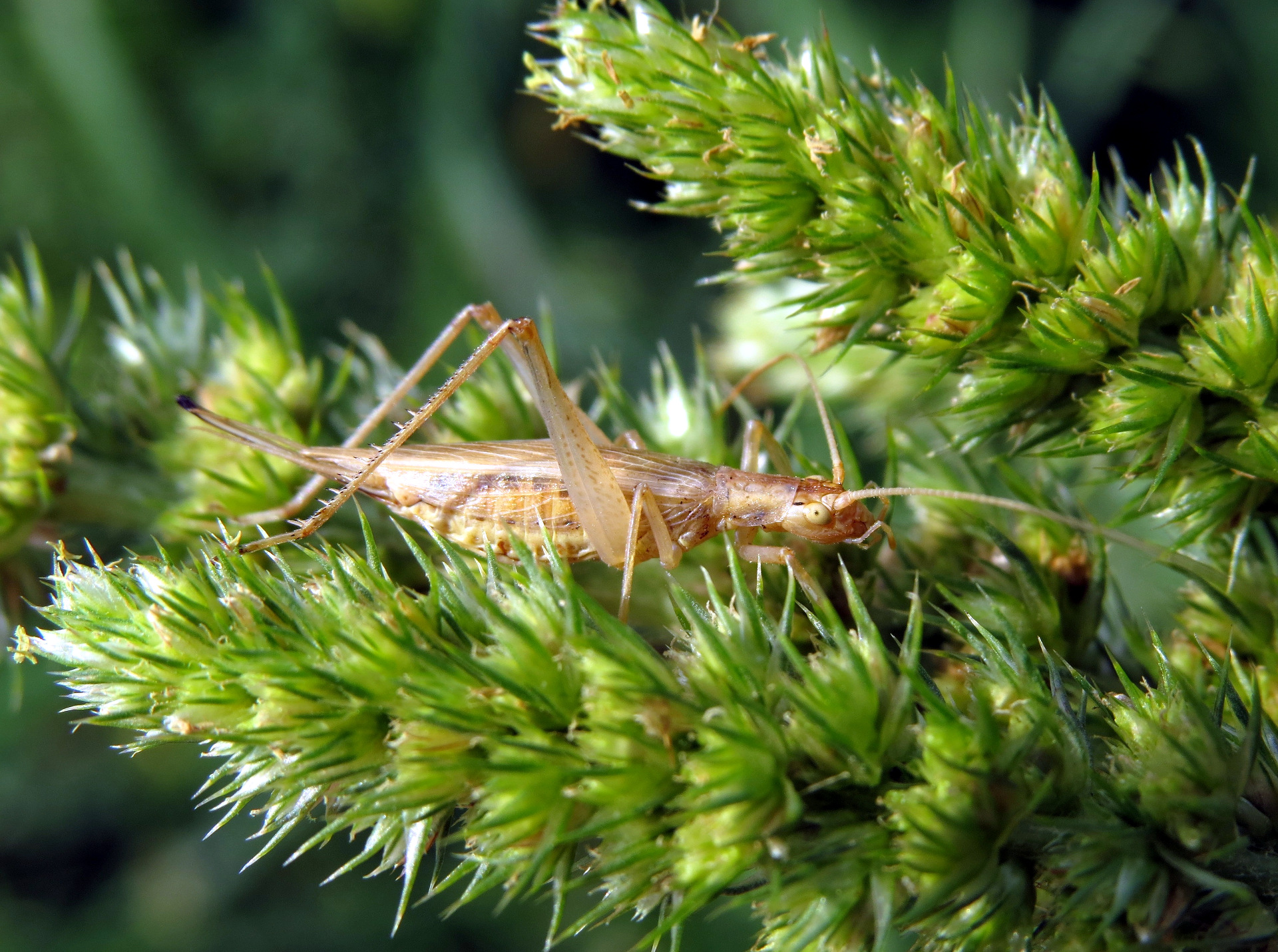
Shrubby forest edges hide another least-known but interesting insect. The common glow-worm is unremarkable in daylight: it is a 1,5-2 cm long, drab-coloured beetle. The real trick starts after dawn: the abdomen of wingless females glow like small lanterns in the grass with greenish-white light, while males are flying around, illuminating as well. The light signal is twofold: it indicates that the beetle is poisonous (’Do not eat me!’) and helps the pairs find each other. Light emission is a result of biochemical processes, produced by the reaction of oxygen and an organic compound called luciferin..
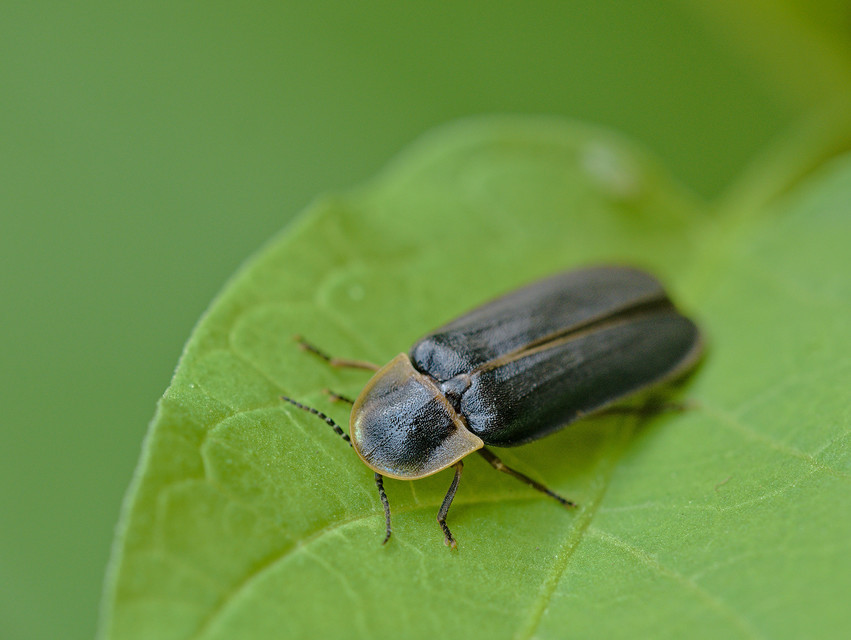
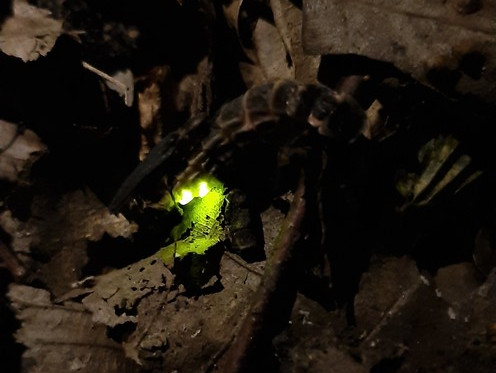


When night falls, further carnivores show up at the forest edge. They fly completely silently in the air, so common voles can trust only in their luck…
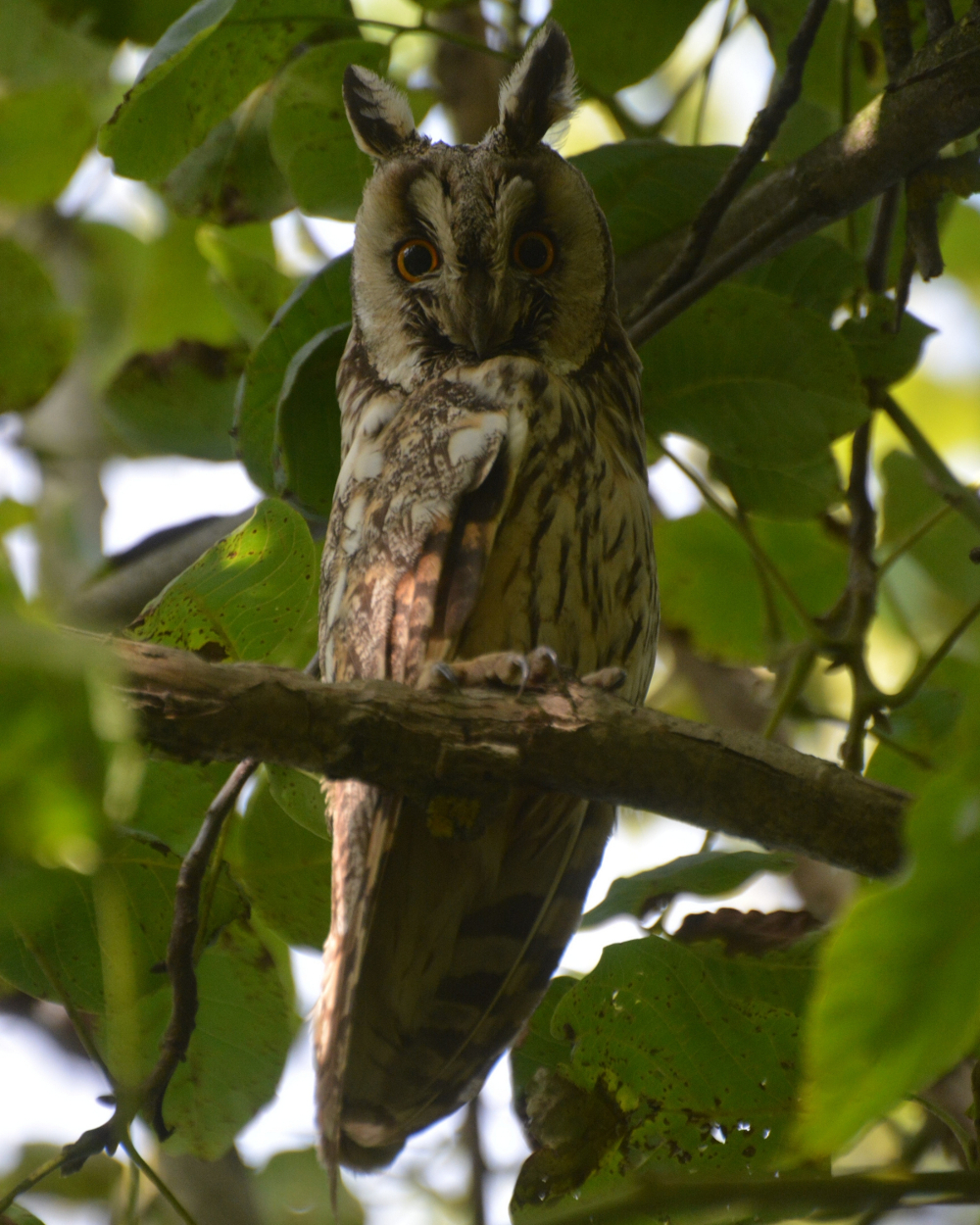
The topmost level of the arriving tower used to be the favourite hangout of a tawny owl – at least the numerous pellets on the floor indicate that. Owls regurgitate undigested parts of prey (hair, bones, feathers, exoskeleton of insects etc.) in a form of a packed mass. They produce pellets usually twice a day, thus pellets pile up at frequently used resting places. Birders and scientists are glad about finding these things, since from the bones inside they can exactly tell what kind of animals are represented in the owl’s menu.
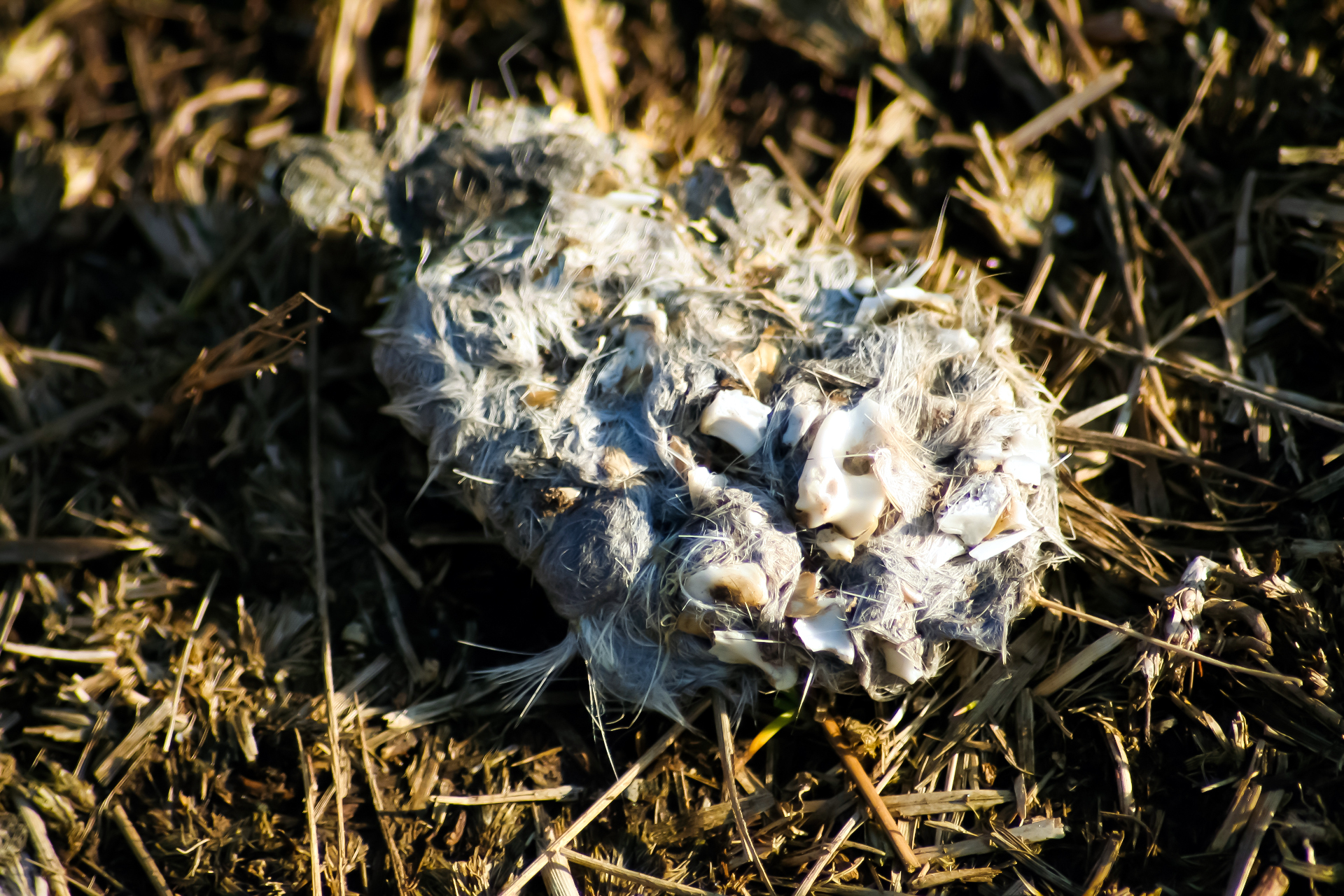
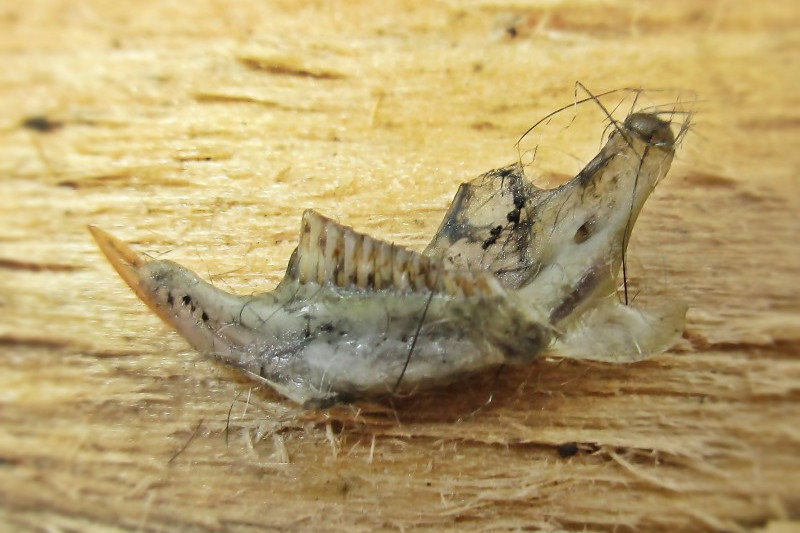
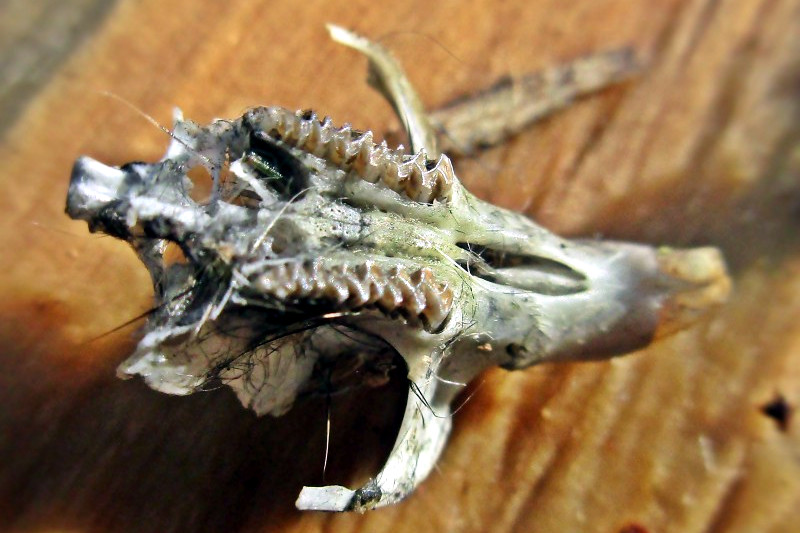
Did you know?
From March to mid-summer the grasslands by this forest edge are filled with the song of the skylark. It sings in flight, sounding an amazing variety of trills that last for minutes. The bird falls silently to the ground onto its nest when the performance is over – but soon rises into the air again and continues singing, until night falls...
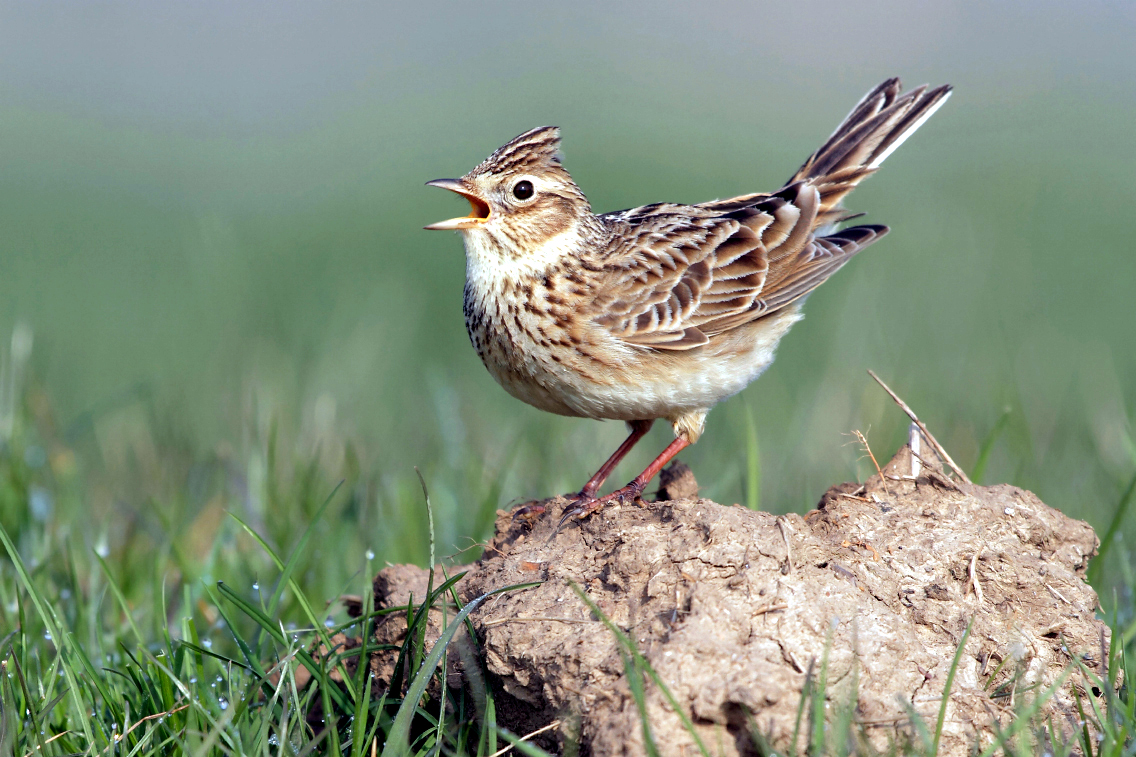
With a little luck we may notice the melodic song of the woodlark at the forest edge. Contrary to its name, this bird is native to wooded open lands. It mainly sings in flight, but sometimes perches on a tree for a strophe.
